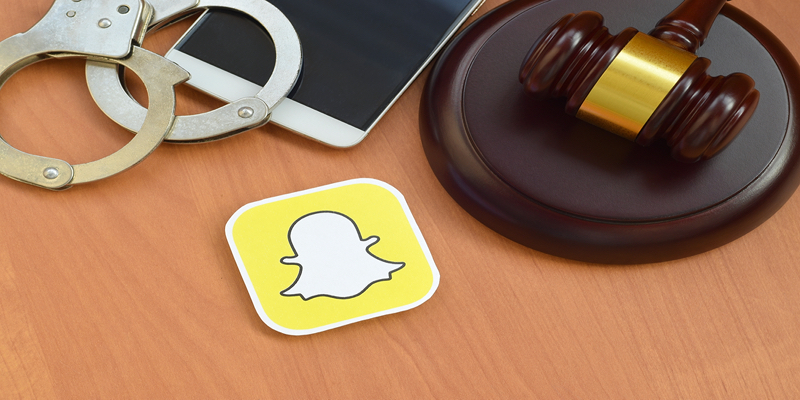eDiscovery Daily Blog
The Risks and Benefits of Ephemeral Messages
What are Ephemeral Messages?
In the corporate world, Gmail, Microsoft Teams, and Slack are the most common forms of communication. Though these platforms are traditional and efficient, they create privacy and storage challenges. Ephemeral messages counteract these issues by disappearing shortly after the recipient has read the message. [1]
Platforms with disappearing messages:
- Snapchat
- Signal
- Wickr
- Cover Me
- Confide
- Telegram
- Hash
- DingTalk
Court Cases Involving Ephemeral Messaging
- Waymo, LLC v. Uber Technologies, Inc.: In this trade secrets case, Uber’s usage of Wickr and Telegram became a discovery headache. The judge granted both parties the opportunity to argue for or against the relevance of the messages. Thus, the case’s focus shifted from trade secrets to unrecoverable conversations. [2]
- WeRide Corp v. Huang: After the defendant was accused of intellectual property theft, they took several measures to destroy communication evidence. One of those measures included communicating through DingTalk after the preliminary injunction. Since the messages were destroyed and post-injunction, terminating sanctions were issued. [3]
- Herzig v. Arkansas Foundation for Medical Care, Inc.: In this age discrimination case, the plaintiffs started using Signal after receiving preservation orders. The judge noted that the plaintiffs manually configured the deletion settings; thus, the case was dismissed for intentional spoliation. [4]
Weighing the Risks and Benefits
Through automated deletion, ephemeral messaging apps eliminate issues concerning data volume. Smaller amounts of data provide greater security from data leaks and reductions in storage costs. Despite these benefits, ephemeral messages are a risky form of communication because they increase the likelihood of spoliation. [5] Spoliation sanctions can range from monetary payments to case dismissal. [6]
Best Practices for Preservation
- Automated deletion settings should be shut off as soon as a complaint is filed.
- Create comprehensive policies on managing ephemeral messages. These policies should outline legitimate reasons for the app’s usage, retention information, and destruction guidelines.
- Train employees on ephemeral messaging etiquette in the workplace.
- Monitor and document company usage of ephemeral messaging apps. [7]
[1] Dennis Kiker, “Now you see it, now you don’t: Ephemeral messaging may lead to sanctions,” DLA Piper, June 8, 2020, https://www.dlapiper.com/en/us/insights/publications/2020/06/now-you-see-it-now-you-dont-ephemeral-messaging-may-lead-to-sanctions/
[2] Robert M. Wilkins, “Client Litigation Risks When Using Ephemeral Messaging Apps,” Jones Foster, March 5, 2020, https://jonesfoster.com/our-perspective/pbcba-messaging-app-article
[3] Philip Favro, “INSIGHT: California Case Offers Warnings on Ephemeral Messaging,” Bloomberg Law, June 1, 2020, https://news.bloomberglaw.com/esg/insight-california-case-offers-warnings-on-ephemeral-messaging
[4] Scott Sakiyama, “This Message Will Self-Destruct in 5 Seconds,” Corporate Compliance Insights, March 26, 2020, https://www.corporatecomplianceinsights.com/self-destruct-ephemeral-messaging/
[5] Rebecca Cronin, “A Lawyer’s Guide to Ephemeral Messaging,” JD Supra, May 18, 2021, https://www.jdsupra.com/legalnews/a-lawyer-s-guide-to-ephemeral-messaging-4360652/
[6] Michael W. Mitchell and Edward Roche, “Lessons Learned: Destroying Relevant Evidence Can Be Catastrophic in Litigation,” Smith Anderson, https://www.smithlaw.com/resources-publications-1673
[7] Thomas J. Kelly, “The Rise of Ephemeral Messaging Apps in the Business Word,” National Law Review, April 23, 2019, https://www.natlawreview.com/article/rise-ephemeral-messaging-apps-business-world

